Hello, my friends) I want to show you my NFT-arts. The first one is "The Circle of Life".
The Circle of Life means infinity of nature energy. Every creature, every small element is connected with each other. The one death gives life to another one. No one has gone completely. All are reborn in another forms. The butterfly eats a flower, the bird eats a butterfly, the snake eats a bird and after death snake gives the life to another beautiful flowers. That is the true magic of nature.

Available on KnownOrigin. Explore here
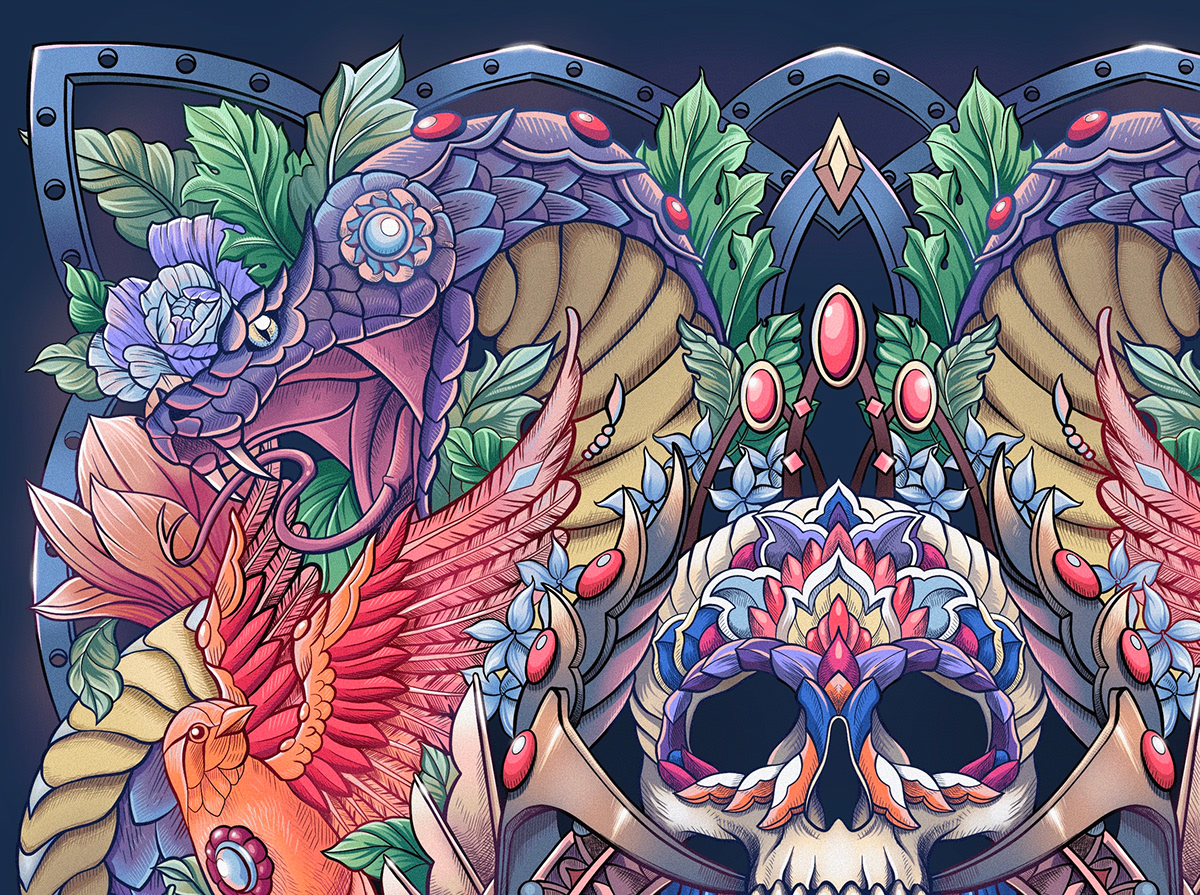
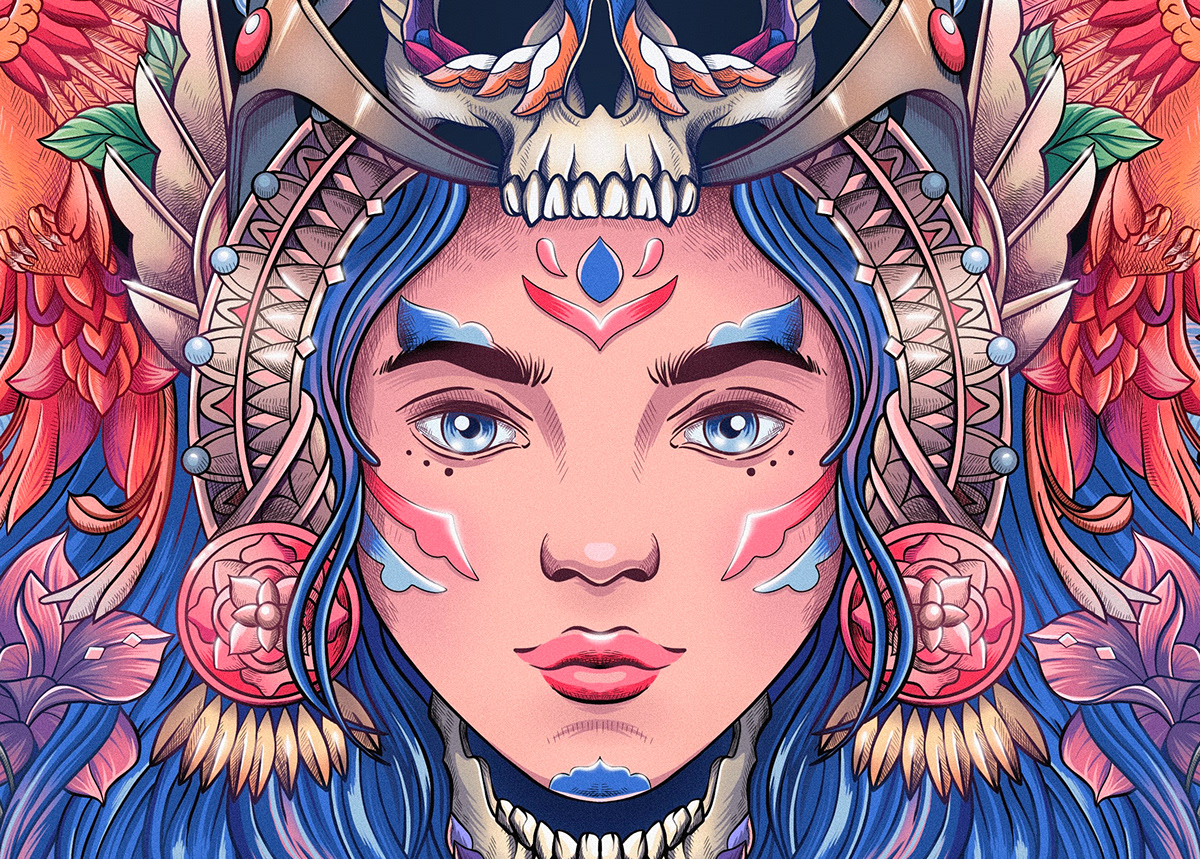
My collection on Foundation is "The Animals of Red List".
The collection is devoted to the endangered animals from Red List.
There are many global problems in the world: climate change, gender equality, poverty and many-many other. I have chosen those one which I can show in lines and colors in my style. I know, I’m not the first one, who devoted collection to this theme. And I hope, I’m not the last one.
By this collection I want to remind to us, people, that in almost all cases it is our guilty, that some species of animals, plants, insects and mushrooms have became endangered. And I want to remind ourselves that only humanity can take action for biodiversity safety of our planet. The mission of Red List is to convey the urgency of conservation issues to the publicity.
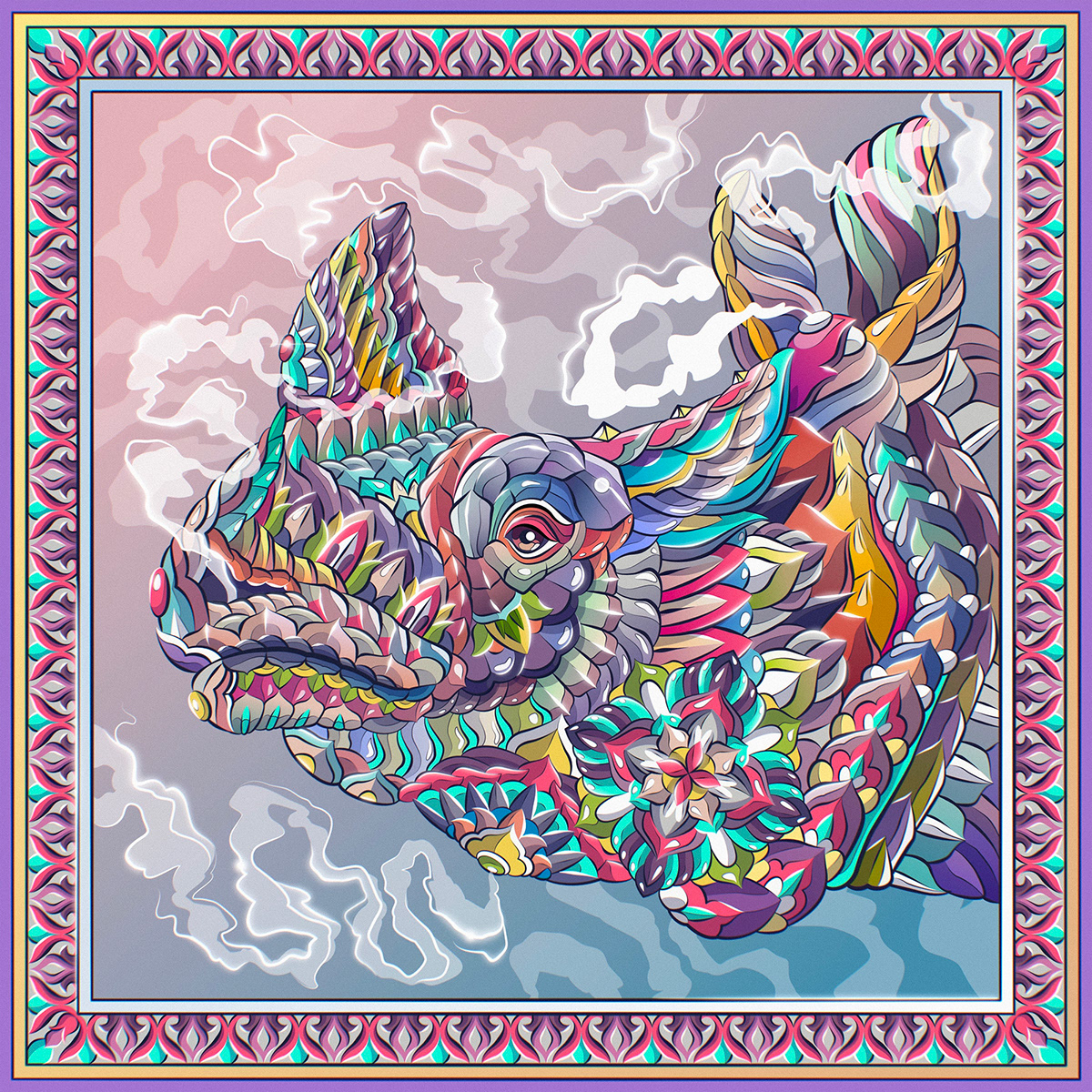

Indian Rhinoceros (VU)
Also known as the greater one-horned rhinos, the Indian Rhinoceros inhabit northern India and Nepal. The Indian Rhinoceros have one horn, what makes them different from their African mates, who all have two horns. Rhinoceroses have poor eye sight. However, they make up for it with their exceptional hearing and sense of smell. They are huge animals: the largest individuals weighted up to 4000 kg. Despite of it they are considered to be a good swimmers. Also, they can run at speeds up to 25 miles per hour for short periods. Traditionally, rhinoceroses have been killed for their horns because some Asian cultures believe the horns have medicinal value. But in fact, there is no evidence to prove that rhino horns, which are largely made of keratin (like our hair and fingernails), have any medicinal value at all. Also people were hunting them for sport.

Sold
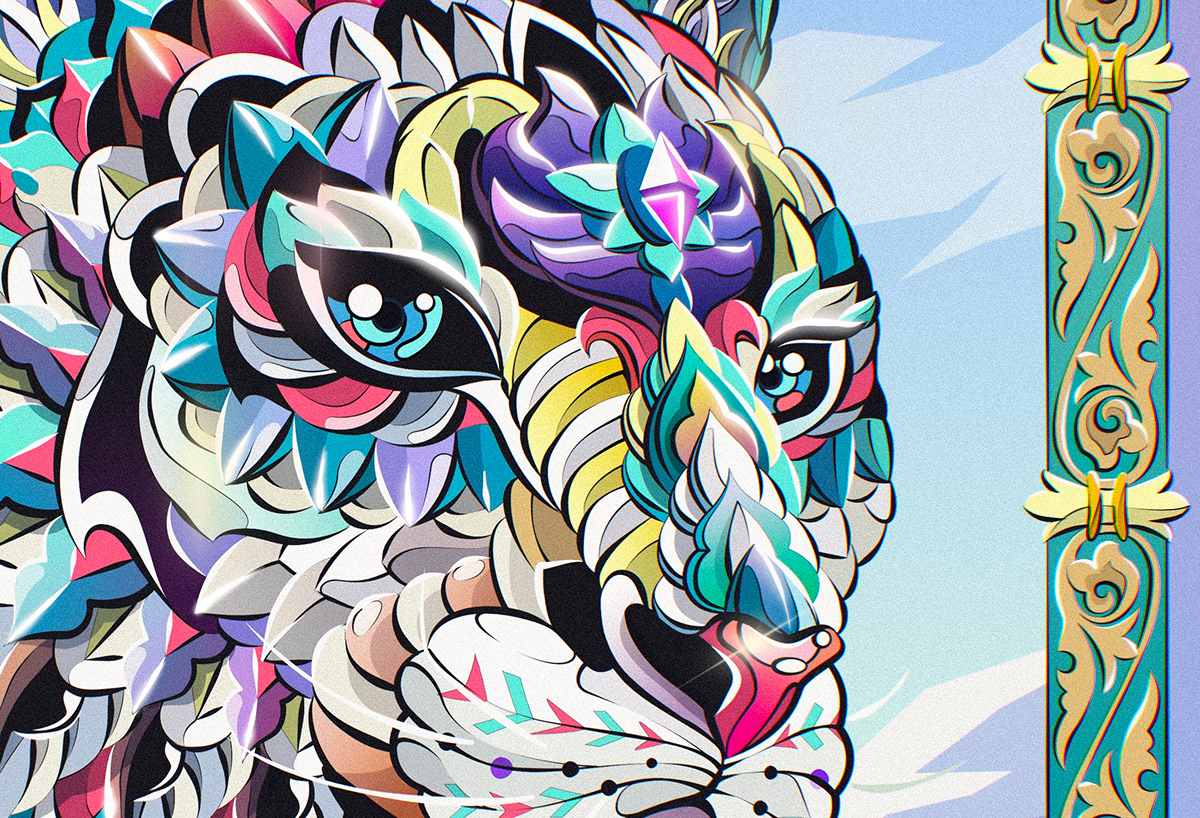
Snow Leopard (VU)
Snow leopards are the most majestic, mysterious and elusive big cats in the world. They are found on the highest mountains of Asia and spend their lives crossing thousands of kilometres to feed and breed. They are often called the “ghosts of the mountains” because it hard to find them. Because of their valuable fur they were hunted a lot. WWF said that as few as 4000 snow leopards remain in the wild. They have vulnerable conservation status. It means that leopards are threatened with extinction unless people reduce circumstances that are threatening them. Information was taken from WWF.
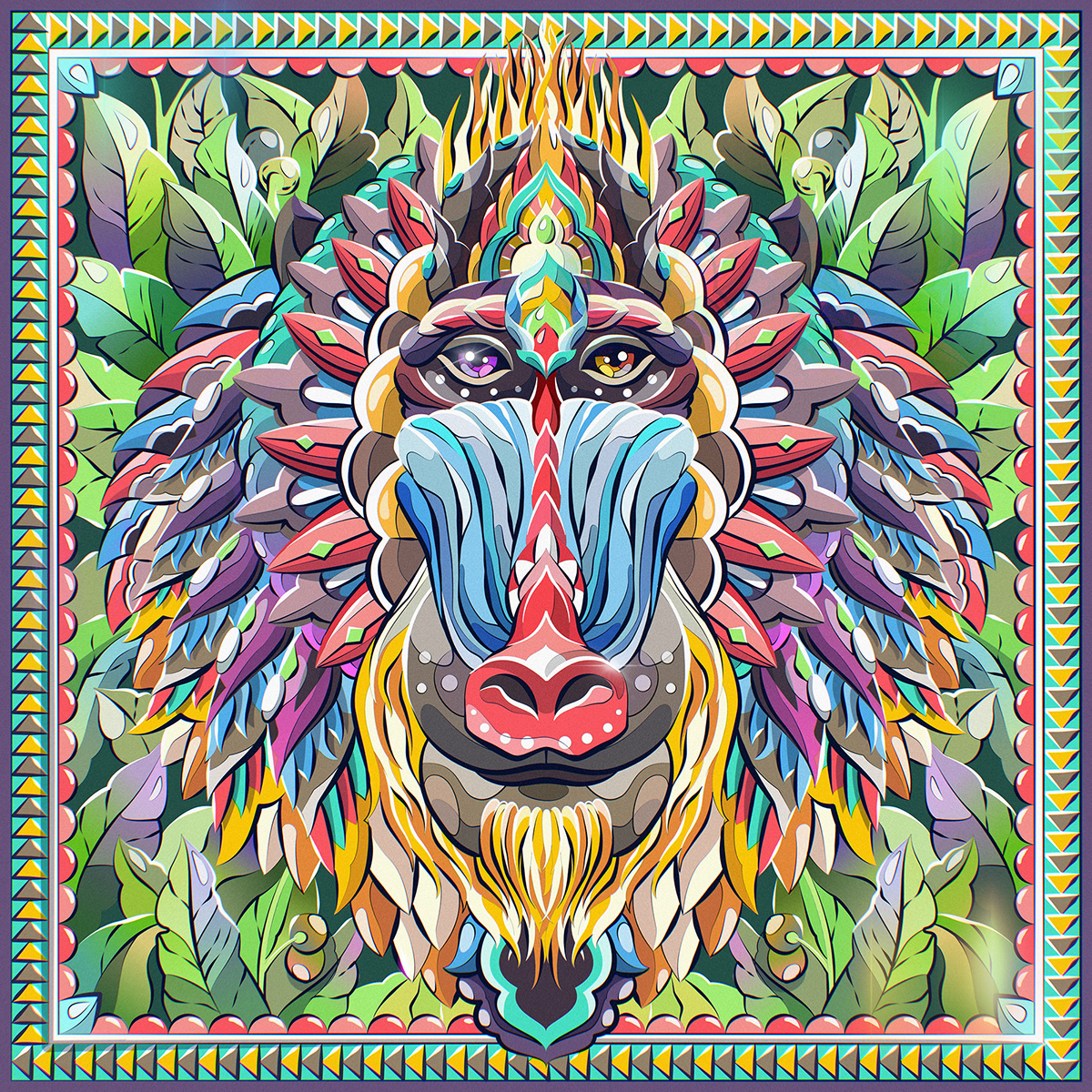
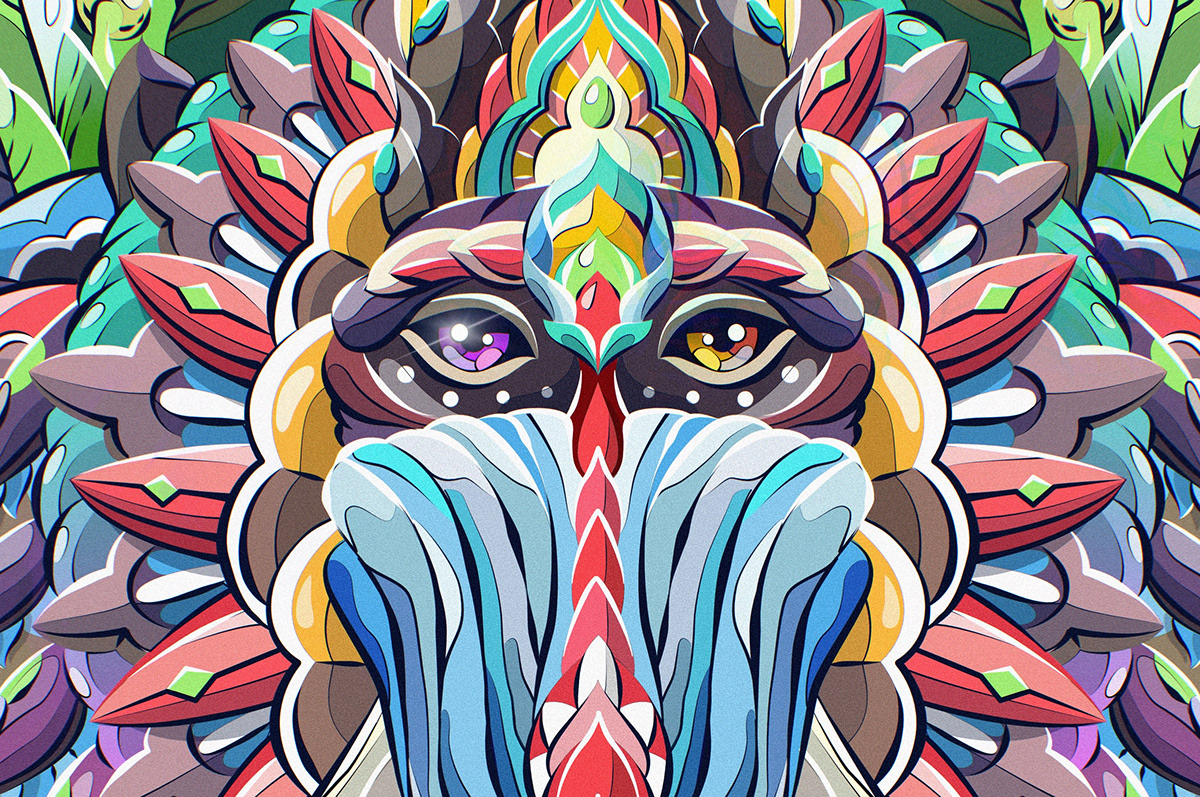
Mandrill (VU)
Mandrill are the largest of all monkey. They are shy and reclusive. Mandrills are extremely colorful, perhaps more so than any other mammal. They are easily identifiable by the blue and red skin on their faces. An adult male mandrill that has the brightest and most distinctive colors on his face seems to be most attractive to females. Do you remember Rafiki from “The Lion King“?) He is referred to us as a baboon, but take a closer look: he has colourful face of mandrill! They live only in the rain forest of equatorial Africa.
The mandrill is considered vulnerable by IUCN and is affected by deforestation. However, hunting for bushmeat is the more direct threat. Many aboriginals consider them to be a delicacy.
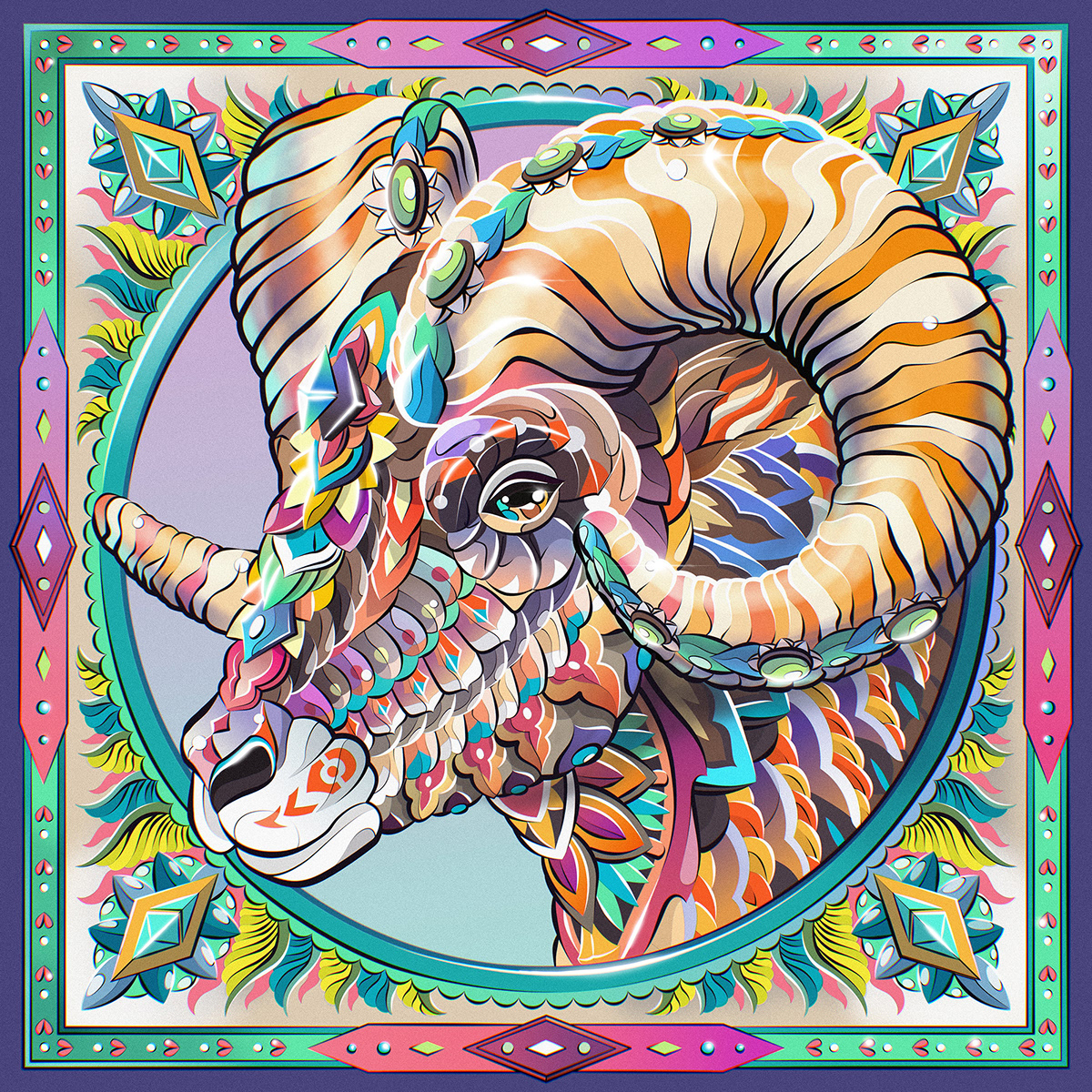
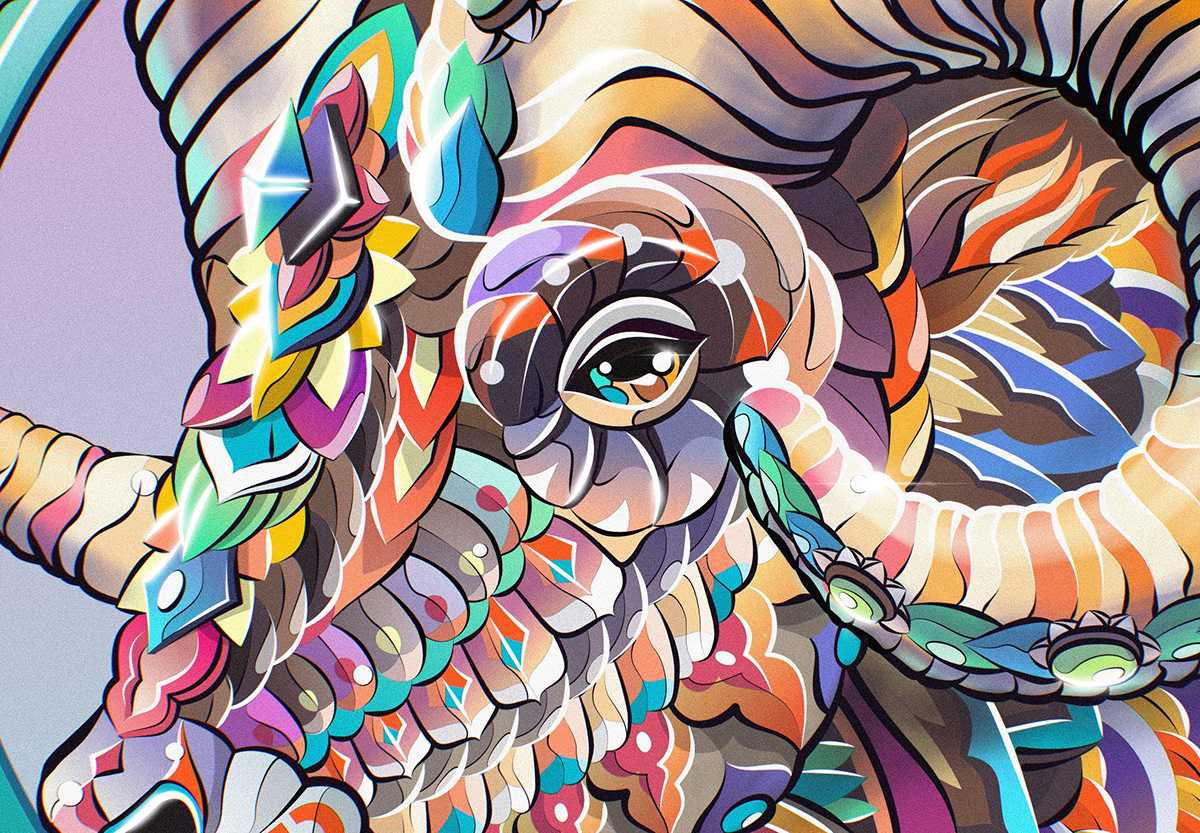
Altai Argali (VU)
Altai argali are the largest sheep in the world and also have the heaviest horns. The horns of mature males normally weigh 45 to 50 pounds and up to 75 pounds (35 kg). It is 15% of all weight of body! Argali rams stand up on their back legs to slam their horns into one another to compete for mating rights, and they make so much noise that they can be heard a kilometer away. Argali inhabits the mountain regions of Central Asia and is usually found at altitudes of 1000 meters and above. The threats to argali are habitat loss and over-hunting. They are killed for their meat and magnificent horns, which are traditionally valued by local hunters.
